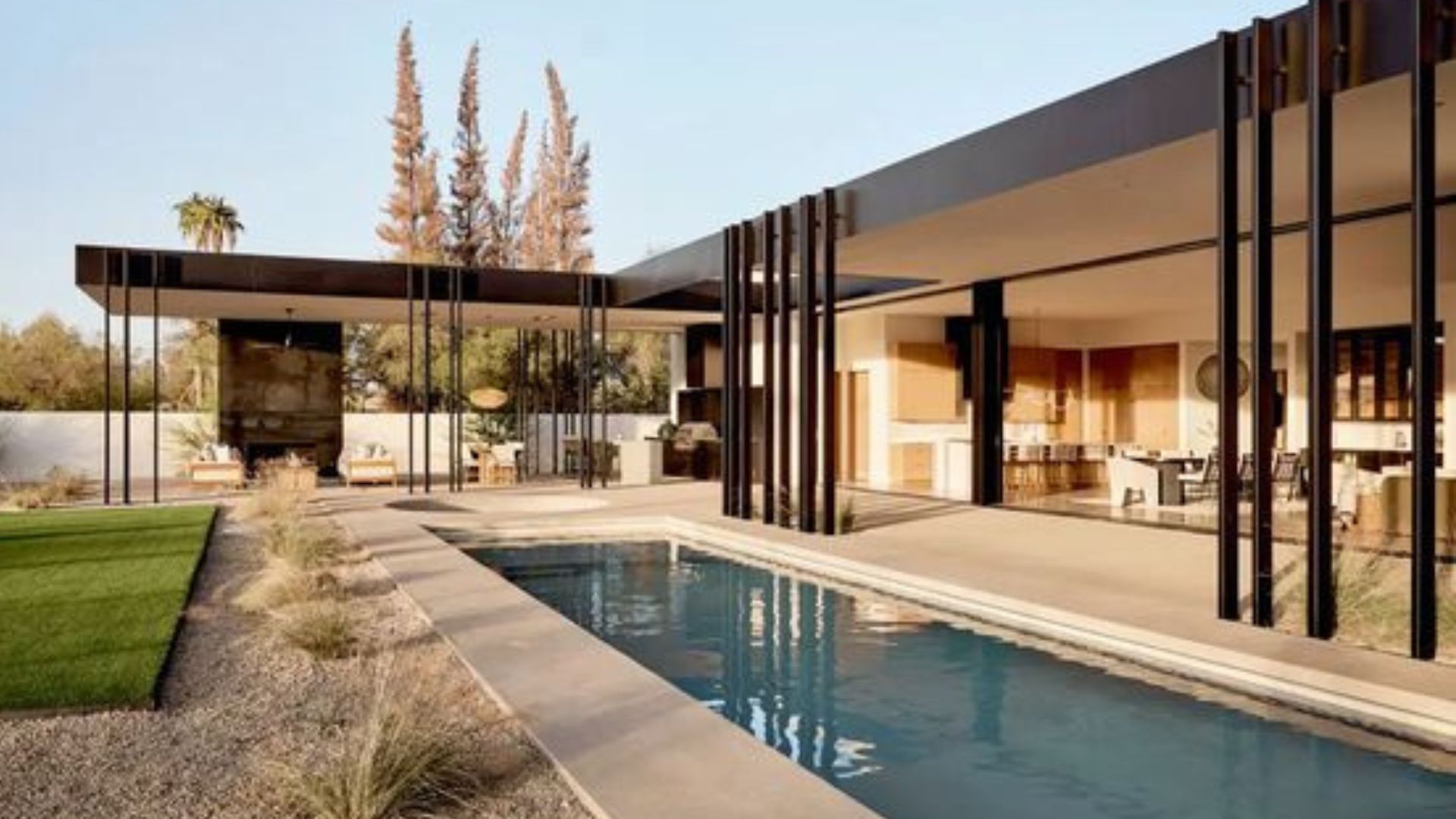How Villa Age Affects Property Value: Key Insights for Buyers and Investors
Read latest blogs and articles from Housystan

The Information mentioned here was last updated on:
28/12/2025How Villa Age Affects Property Value: Key Insights for Buyers and Investors
Understanding how the age of a villa influences its property value is crucial for both buyers and investors, especially in real estate markets renowned for their luxurious residential communities. In prime locations such as Dubai, Abu Dhabi, and other thriving urban centers, the age of a villa plays a significant role in determining its current worth and future appreciation potential.
Newly constructed villas often attract premium prices due to their modern architectural designs, state-of-the-art amenities, and adherence to the latest building standards. Buyers seeking contemporary finishes, energy-efficient systems, and minimal maintenance frequently prefer newer properties. These homes typically require fewer immediate repairs, ensuring lower ownership costs in the initial years. For investors, newer villas can deliver higher rental yields, particularly in sought-after neighborhoods where demand for up-to-date accommodations remains strong.
- Verified Tenants/Buyers
- Unlimited Property Listing
- Zero subscription/charges fee
On the other hand, older villas possess their own distinct advantages. In established localities such as Jumeirah, Palm Jumeirah, and Arabian Ranches, mature villas often offer larger plots, lush landscaping, and a sense of community that is difficult to replicate. Many of these homes are situated in desirable, well-connected areas with proximity to schools, shopping centers, and recreational facilities. Buyers who value character, spacious layouts, and the potential for customization may find older villas more appealing. Investors can leverage renovation or restoration opportunities to enhance value and attract discerning tenants or future buyers.
When assessing the impact of villa age on property value, location remains a pivotal factor. In high-growth regions, even older villas can command strong prices if they are well-maintained and situated in prime districts. Conversely, poorly maintained properties, regardless of age, may suffer from depreciation and reduced market appeal. Regular upgrades, quality finishes, and energy-efficient enhancements can help preserve or increase a villa’s value over time.
Ultimately, both buyers and investors should evaluate the age of a villa in the context of local market trends, infrastructure developments, and long-term growth prospects. Consulting with experienced real estate professionals in the region ensures informed decisions and maximizes returns, whether acquiring a modern residence or investing in a classic home with renovation potential. By understanding how villa age interacts with property value, stakeholders can make strategic choices that align with their financial goals and lifestyle preferences in the vibrant real estate landscape.